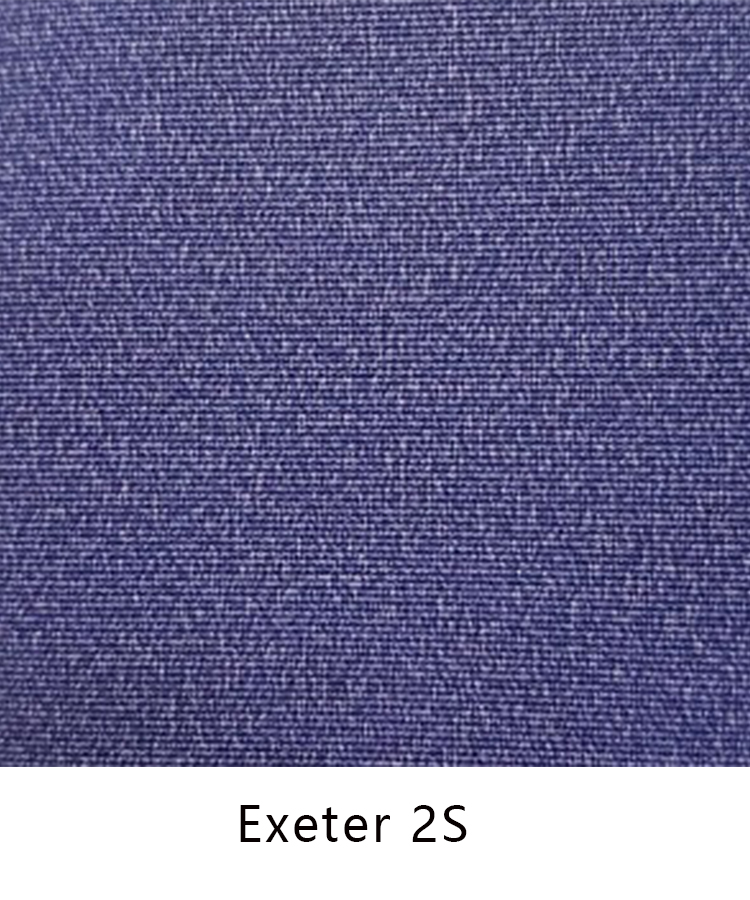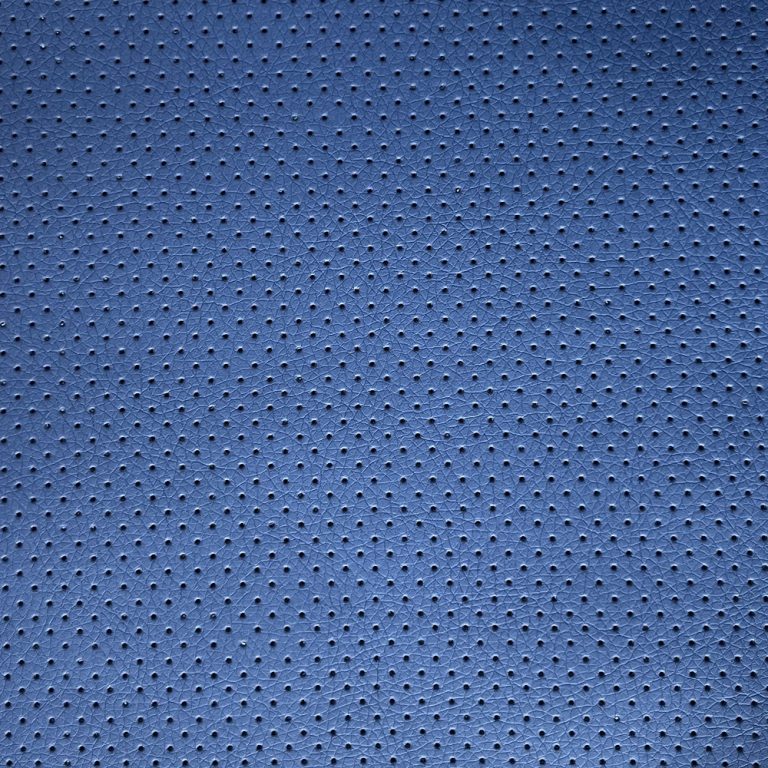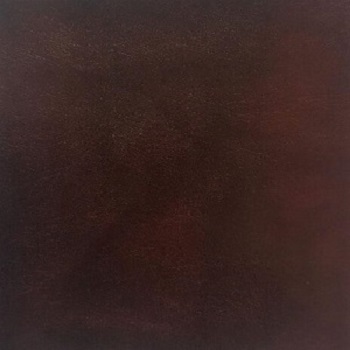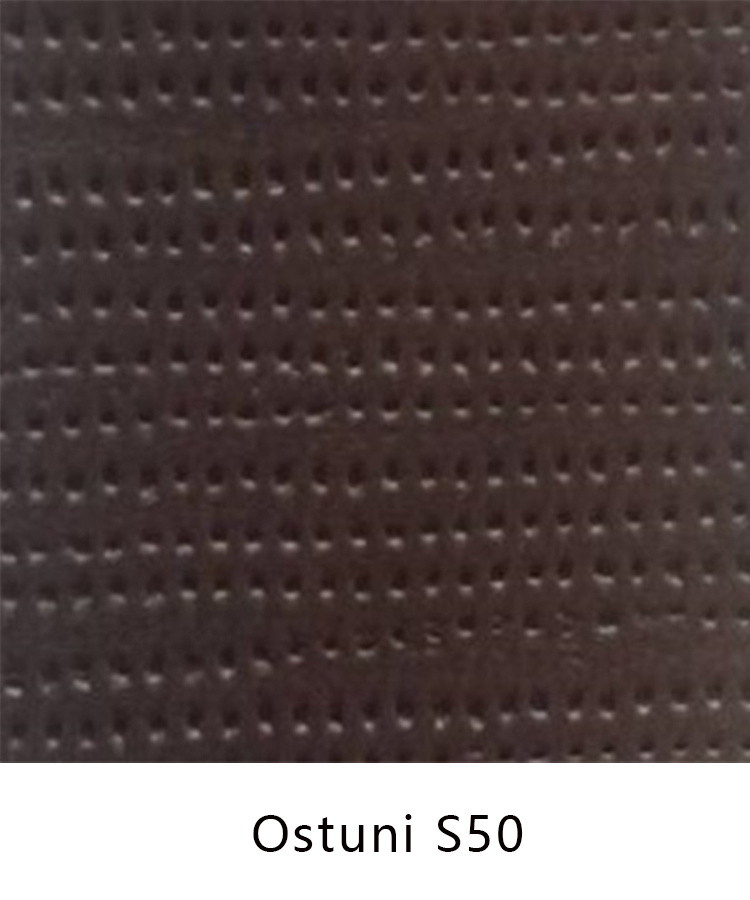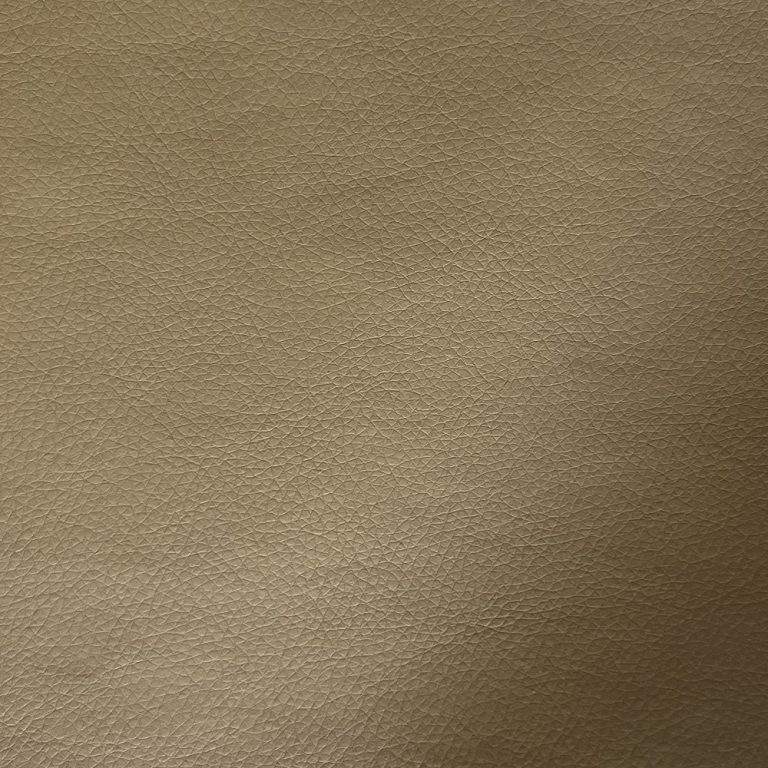How to Create a Stunning Faux Leather Bookbinding Design
Bookbinding is an art form that has been practiced for centuries, with the earliest known examples dating back to ancient civilizations such as the Egyptians and Greeks. Today, bookbinding continues to be a popular craft, with many people creating their own unique designs to showcase their favorite books or journals. One popular material used in bookbinding is faux leather, which provides a luxurious and sophisticated look without the high cost of real leather.
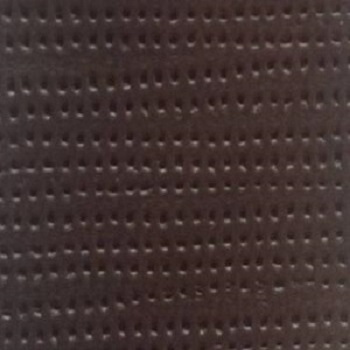
Creating a stunning faux leather bookbinding design is a relatively simple process that can be done at home with just a few basic supplies. To begin, you will need a piece of faux leather that is slightly larger than the book you are binding, as well as a bone folder, ruler, cutting mat, and adhesive.
The first step in creating a faux leather bookbinding design is to measure and cut the faux leather to the appropriate size. Lay the faux leather flat on a cutting mat and place the book on top, leaving a small border of faux leather around all four edges. Use a ruler and a bone folder to score along the edges of the book, creating a clean and straight line for cutting.
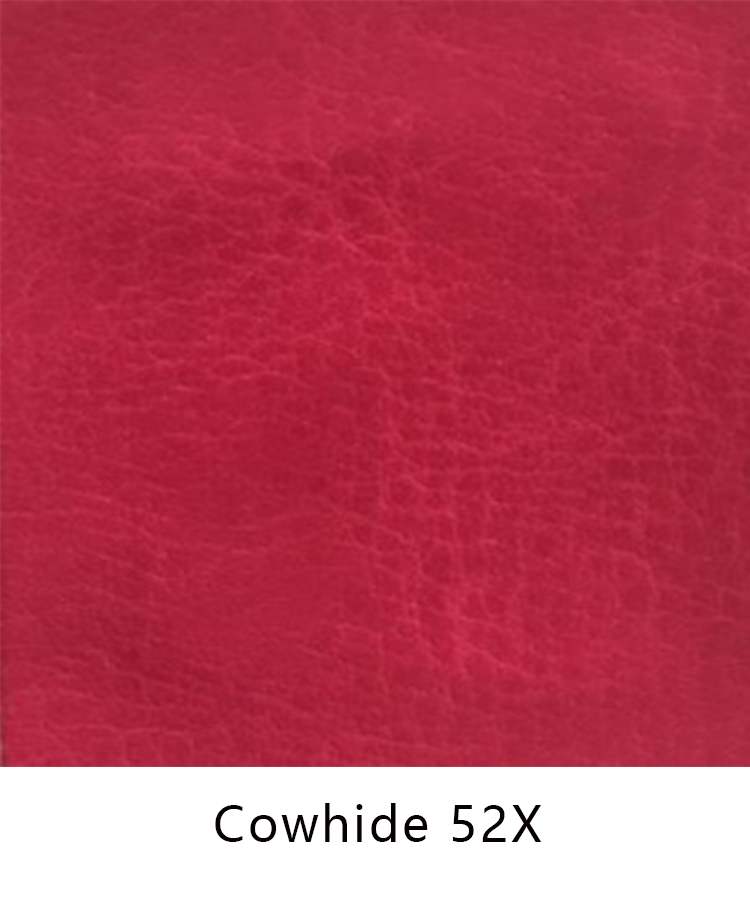
Once the faux leather has been cut to size, it is time to attach it to the book. Apply a thin layer of adhesive to the back of the faux leather, making sure to cover the entire surface. Carefully place the faux leather onto the front cover of the book, aligning it with the edges and smoothing out any air bubbles or wrinkles. Use a bone folder to press down on the faux leather, ensuring that it is securely attached to the cover.
| Product Name | Variety |
| PU thermo leather | S |
After the faux leather has been attached to the front cover, it is time to create the spine of the book. Measure and cut a strip of faux leather that is the same height as the book and slightly wider than the spine. Apply adhesive to the back of the strip and carefully attach it to the spine, making sure to align it with the edges of the front cover. Use a bone folder to press down on the strip, creating a clean and crisp spine for the book.
To finish off the faux leather bookbinding design, you can add embellishments such as decorative stitching, embossing, or foil stamping. These extra touches can help to personalize the book and make it truly unique. Experiment with different techniques and designs to create a faux leather bookbinding design that reflects your personal style and creativity.
In conclusion, creating a stunning faux leather bookbinding design is a fun and rewarding craft that can be done at home with just a few basic supplies. By following these simple steps and adding your own personal touches, you can create a beautiful and professional-looking book that will be sure to impress. So gather your supplies and get started on your next bookbinding project today!

